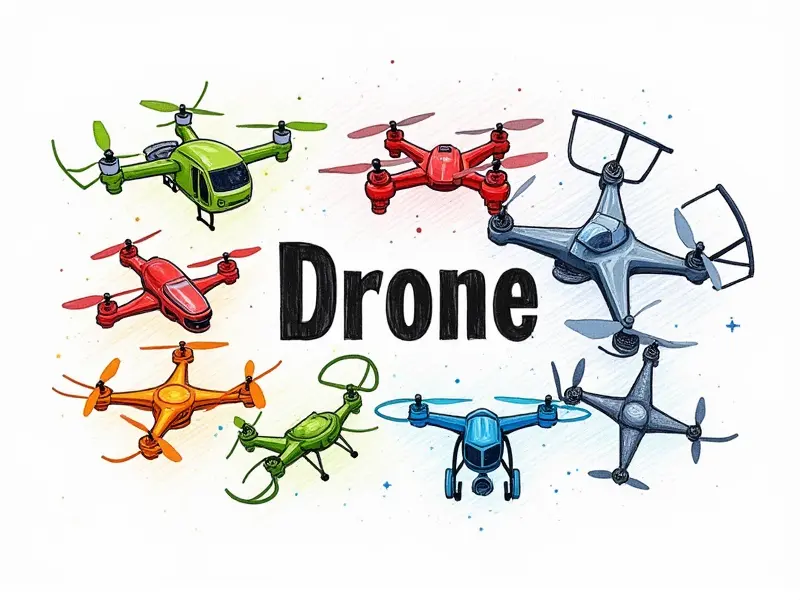Can drones fly through tunnels?

Can Drones Navigate Tight Tunnels?
Drones are increasingly being used in a variety of environments, from open skies to dense urban areas. However, one question that often arises is whether drones can navigate tight tunnels and enclosed spaces effectively. The answer lies in the type of drone and its capabilities.
Drone Flight in Narrow Enclosed Spaces
Flying through narrow passages poses unique challenges for drones due to limited space and potential obstacles. Small quadcopters with advanced obstacle avoidance systems are better suited for such tasks compared to larger models without similar features.
FPV Racing Through Underground Passages
First-person view (FPV) racing drones have gained popularity in recent years, not just for aerial races but also for navigating tight spaces like tunnels. These high-speed machines are designed with agility and maneuverability in mind, making them ideal candidates for underground racing.
Helicopters vs. Quadcopters: Tunnel Flight
When it comes to flying through tunnels, quadcopters generally outperform helicopters due to their superior stability and ability to hover in place. Helicopters may struggle with the tight confines of a tunnel, whereas quadcopters can navigate around obstacles efficiently.
Exploring Tunnel Flight with RC Drones
Remote-controlled (RC) drones offer a unique way to explore tunnels by providing real-time video feedback and allowing pilots to control the drone's movements precisely. This makes them invaluable for both recreational and professional applications.
Overcoming Obstacles: Tunnels and Drones
Flying through tunnels requires overcoming several obstacles, such as low visibility, limited maneuvering space, and potential hazards like debris or water. Advanced sensors and robust design features help drones tackle these challenges effectively.
Can FPV Racing Drones Navigate Tunnels?
FPV racing drones are specifically engineered for high-speed flight through challenging environments. Their compact size and agile maneuverability make them well-suited to navigate tunnels, providing an exhilarating experience for pilots and spectators alike.
Drone Tech for Flying Through Tunnels
The latest drone technology includes advanced sensors like LiDAR (Light Detection and Ranging) and ultrasonic sensors that enable drones to detect obstacles and maintain stable flight paths in confined spaces. These technologies are crucial for safe tunnel navigation.
Airplane Drones: Fit for Tunnel Flying?
While traditional airplane-style drones excel in open-air environments, they may not be as effective in tunnels due to their larger size and less maneuverable design. However, specialized models optimized for tight spaces could potentially offer solutions.
The Challenges of Tunnel Drone Flight
Flying through tunnels presents several challenges including limited visibility, restricted space, and potential hazards like water or debris. Drones must be equipped with robust navigation systems to safely navigate these environments.
Inside the World of Tunnel Drone Racing
Tunnel drone racing is an emerging niche within the broader FPV racing community. Competitions often feature custom-built drones designed specifically for navigating tight, enclosed spaces at high speeds, offering a thrilling spectacle for enthusiasts and spectators alike.
A Conclusion on Drones in Tunnels
While drones can indeed fly through tunnels with the right equipment and expertise, it is crucial to consider the specific requirements of such environments. Advanced sensors, robust design features, and specialized drone models are essential for safe and effective tunnel navigation.

